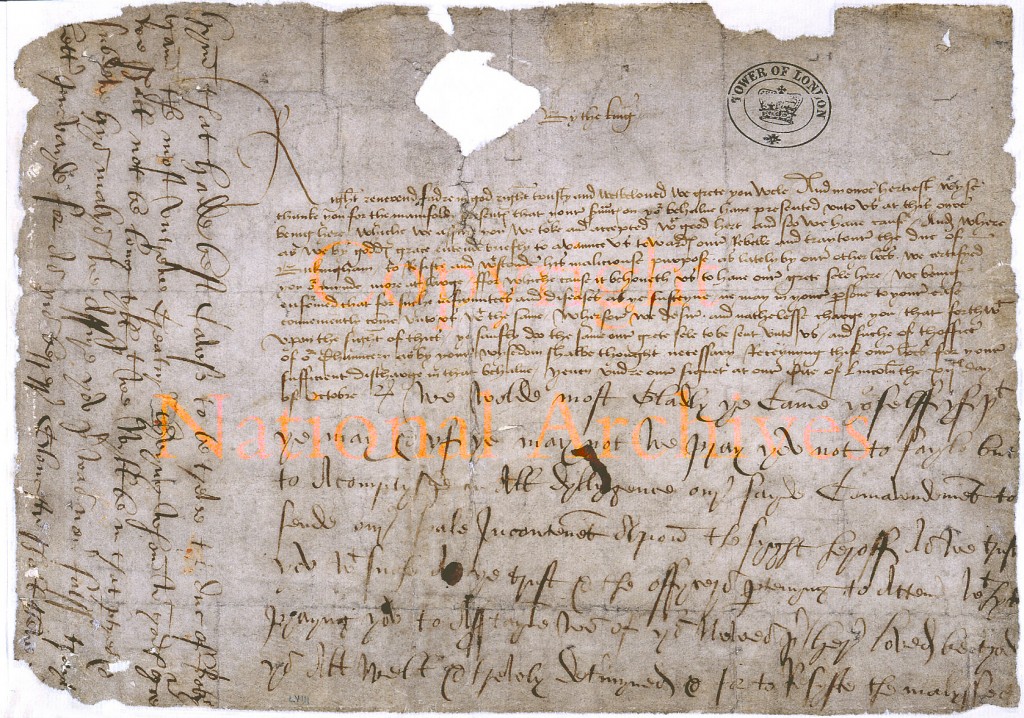Dialect & Handwriting

Dr. Philip Shaw (Source: University of Leicester)
The handwriting can reveal a lot about a person.
That we can learn about King Richard III through his handwriting, proved Dr. Philip Shaw from the University of Leicester with the impressive results of his research.
- He was able to reconstruct the dialect
- compare it with current dialects
- and locate it to late Medieval regions.
And that all through analysing how King Richard wrote, how he wrote certain words in comparison with his scribes and compared to other documents of the time.
Furthermore, Dr. Philip Shaw could revive the dialect in the following interview. Listen in how King Richard III might have sounded:
But that is not all.
See for yourself how King Richard III wrote in the following document, where he asked for help after the betrayal by the Duke of Buckingham.
King Richard III’s handwriting is distinctly different from the meticulous writing style of his scribe at the beginning of the letter, though it shows a well versed and well trained writer:

Richard III’s request for the Great Seal with postscript on treachery of Duke of Buckingham 12 Oct 1483 (Source: National Archives)
Dr. Shaw about his analysis:
I found that Richard III’s spellings are relatively consistent, and in many ways reflect the same educated spelling practices employed by his secretaries. However, he also differs from the practice of his secretaries occasionally, and such quirks may provide clues to how he spoke.
“Like today, there were various dialects (with different features of accent and grammar) around the country. Unlike today, individuals were more likely to spell words in ways that reflected their local dialect. Therefore, by looking at Richard’s writing, I was able to pinpoint spellings that may provide some clues to his accent.
“The language used within the two postscripts shows no evidence of northern English dialect features, largely reflecting the relatively standard, London-derived spelling system also used by Richard’s secretaries. However, there is also at least one spelling he employs that may suggest a West Midlands accent.





